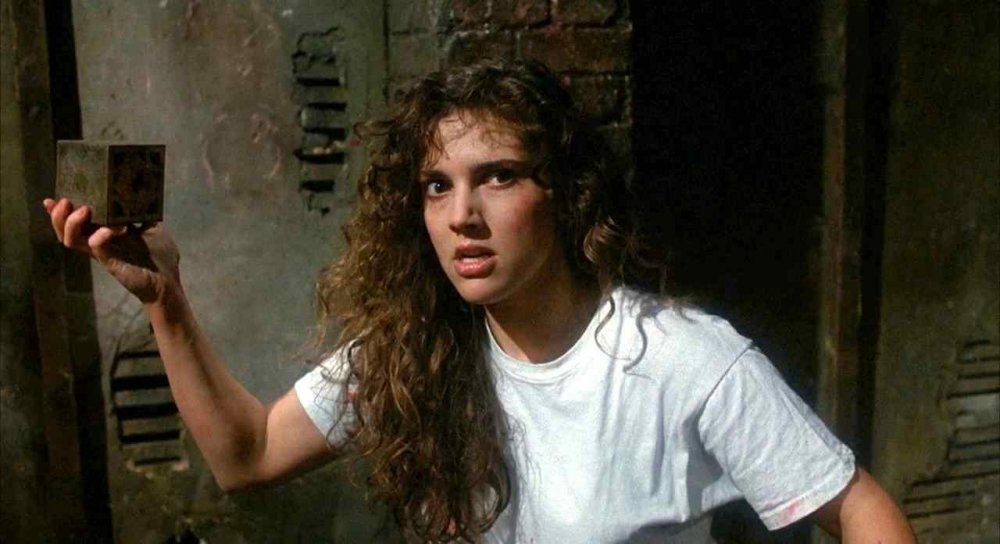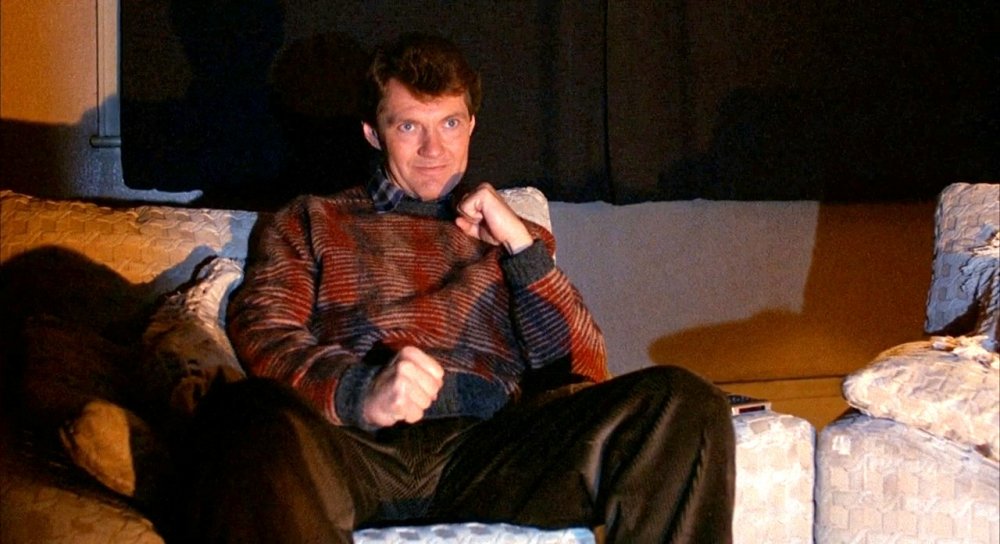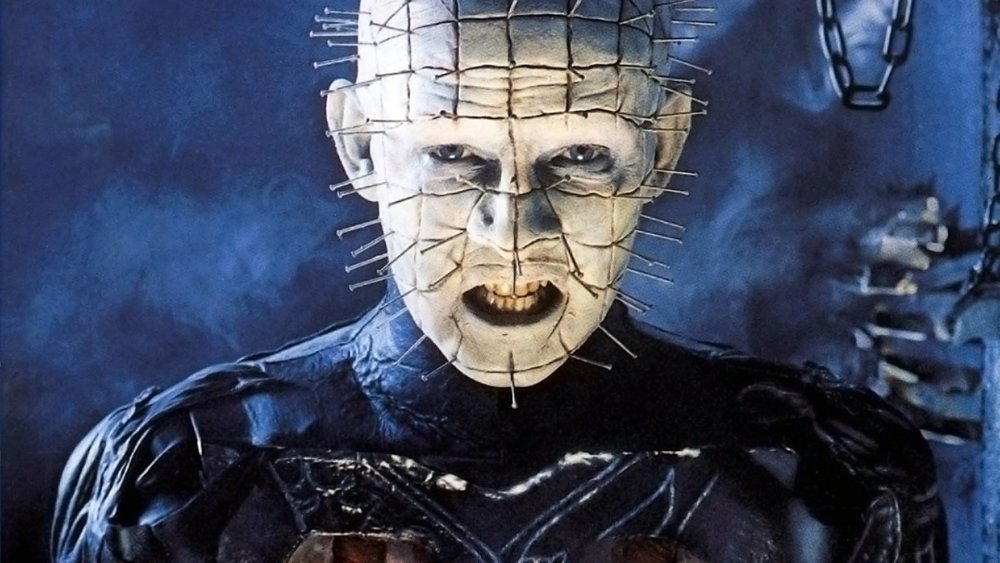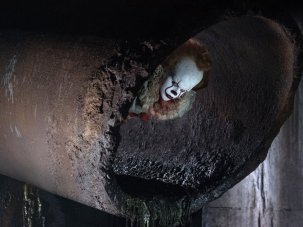Like Michael Crichton and Nicholas Meyer – and unlike fellow horror authors Stephen King (Maximum Overdrive), John Farris (Dear, Dead Delilah) and William Peter Blatty (The Ninth Configuration) – Clive Barker’s career move from novelist to director is distinguished not only by a more-than-competent technical job but by a carry-over of the distinctive voice of his prose work.
UK 2017
Certificate 18 93m 14s
Director Clive Barker
Cast
Larry Andrew Robinson
Julia Clare Higgins
Frank Sean Chapman
Steve Robert Hines
Kirsty Ashley Laurence
Frank the monster Oliver Smith
Original UK release date 11 September 1987
UK re-release date 14 October 2017
Distributor Arrow Films
Barker, still relatively new to the genre, made his initial splash with The Books of Blood, six ground-breaking volumes of short stories, and has since produced two weighty, genre- tretching novels, The Damnation Game and Weaveworld. In addition, he has supplied the original stories and screenplays for two British films, Underworld and Rawhead Rex, directed by rock-video specialist George Pavlou, which have gone unreleased in this country even on video and whose shortcomings seem to have prompted Barker to assume more control over his filmed work. The Hellbound Heart, the source story for Hellraiser, can be found in Night Vision 3, the showcase anthology which Barker shares with Ramsey Campbell and Lisa Tuttle, also major figures in the current literary horror revival. It is sketchier than the best of Barker’s novellas, reading in fact like a screen treatment which has in the event been given flesh – much as its central character is – and emerged as an impressive though not quite whole creation.

The most immediately striking aspect of the movie is its seriousness of tone in an era when horror films (the Nightmare on Elm Street or Evil Dead films in particular) tend to be broadly comic. Although one slimy monster – identified in the story as The Engineer, but unnamed here – could have strayed in from New World’s House movies, the overall approach is straight, not to say relentlessly grim.
As with the seminal early films of Romero, Cronenberg, Hooper and Cohen, the explicitly physical horrors of Hellraiser are rooted in twisted family relationships. Larry Cotton, betrayed and sacrificed by his contemptuous brother and wife, is a curiously powerless central figure for a horror film – top-billed, but necessarily killed off-screen. A neatly disturbing undercurrent to the more blatant excesses is the way Larry routinely expresses the kind of urges the other characters wantonly give into. While Frank and Julia sweatily fornicate and bludgeon strangers, Larry gloats over a boxing match on TV or grumbles about his wife’s hot-and-cold sexual attitudes. Andrew Robinson has noticeably more fun playing Frank-as-Larry in the finale, slobbering incestuously over the daughter he has previously patronised with childish pet names and being pulled apart by demonic fishhooks, than he does as the almost wilfully short-sighted character of the earlier scenes.

Although a resonant and unnerving film, Hellraiser suffers from a few minor compromises: notably, a decision made fairly late in shooting to change the specifically English setting for an ambiguous (and unbelievable) mid-Atlantic one. This results not only in the loss of some of the atmosphere and the mangling of a few of the smaller parts, but in such sillinesses as a conversation between Steve and Kirsty about the former’s typically British reserve that makes no sense since he has an American accent and is bizarrely out of key with the extremely English railway station in which the scene takes place. And while the Cenobites – who boast such unsettling features as sewn-shut eyelids behind dark glasses, a throat wound held open by a collar of surgical clamps, and traceries of pins hammered into a face – are well-used and suggestive figures, their monster companion is a more blunderingly obvious concession to the gross-out tastes of the teenage drive-in audience.
However, the film is for the most part a return to the cutting edge of horror cinema, and in its inventively gruesome moments – Frank being turned inside-out by creaking millworks, his face being put together on the floor like a jigsaw puzzle – a reminder of the Grand Guignol intensity that has recently tended to disintegrate into lazy splatter.
-
The Digital Edition and Archive quick link
Log in here to your digital edition and archive subscription, take a look at the packages on offer and buy a subscription.








